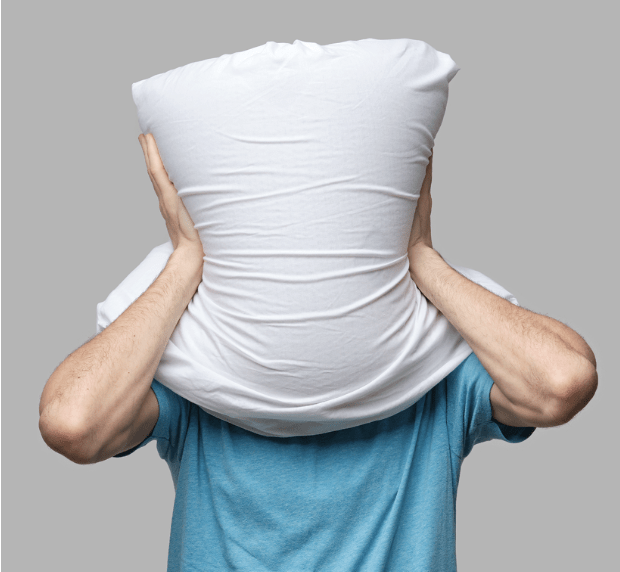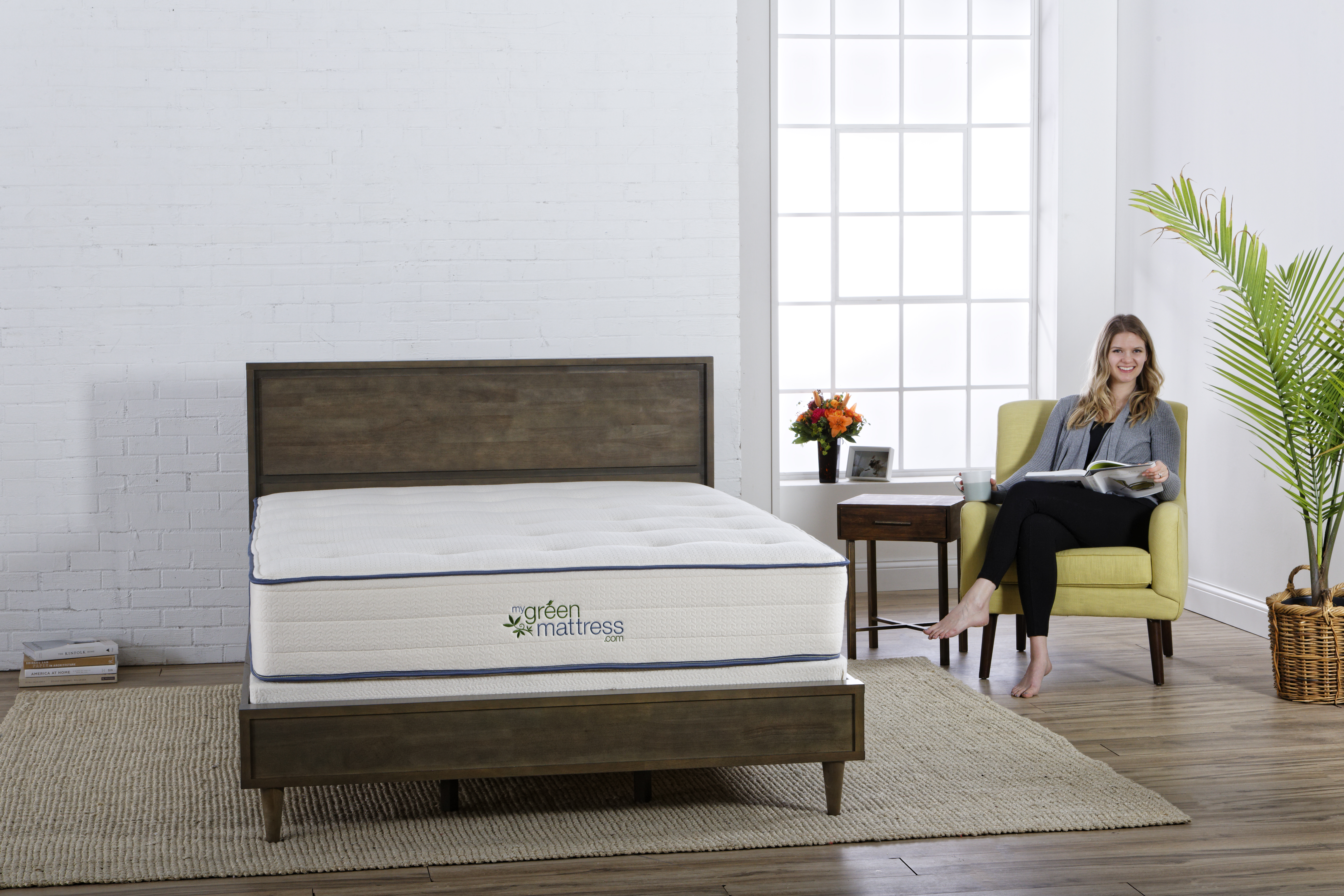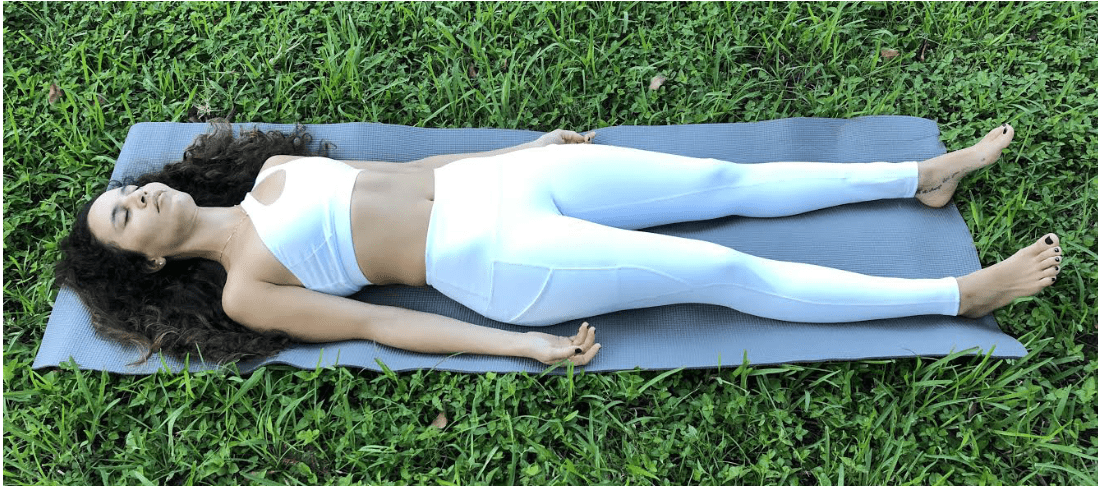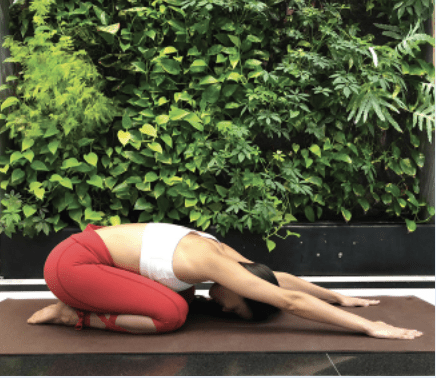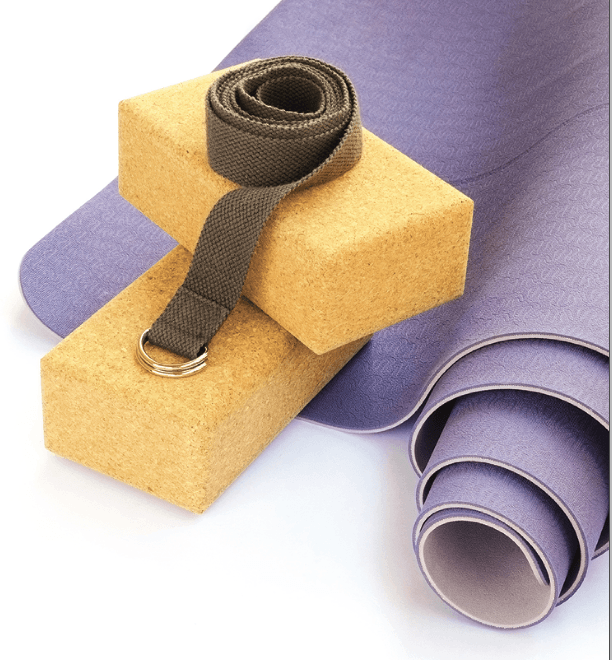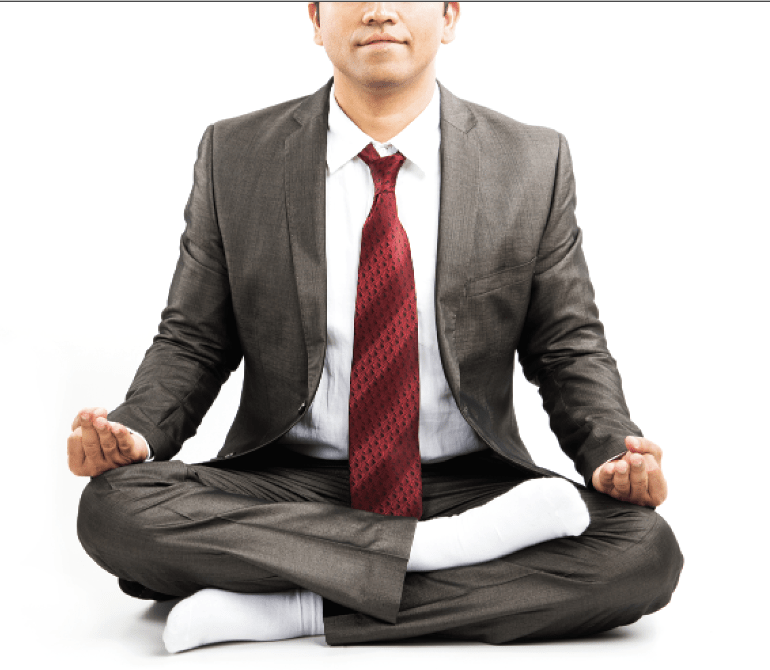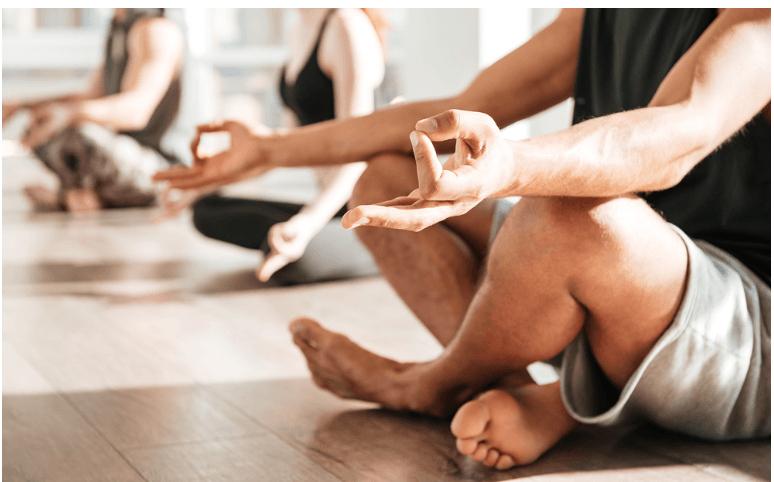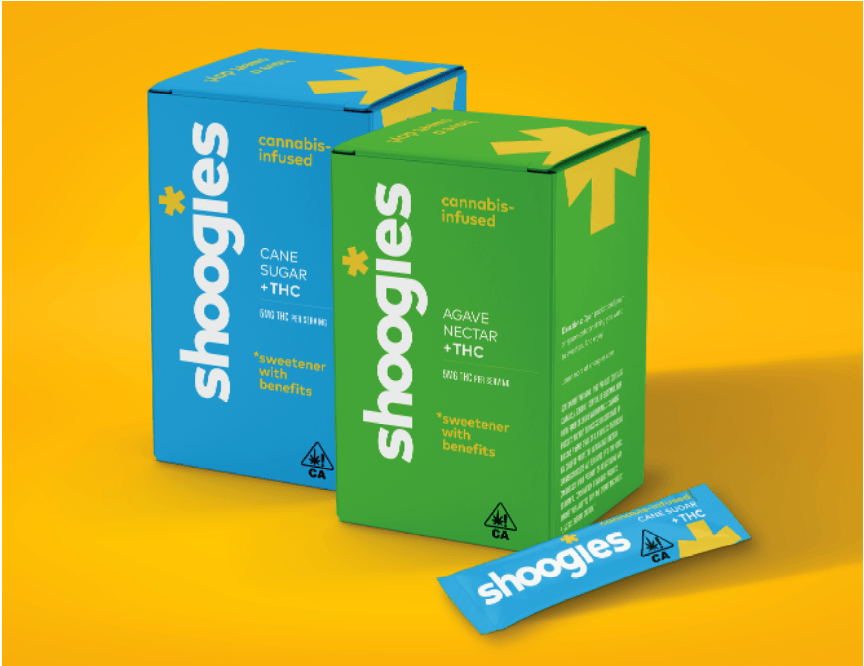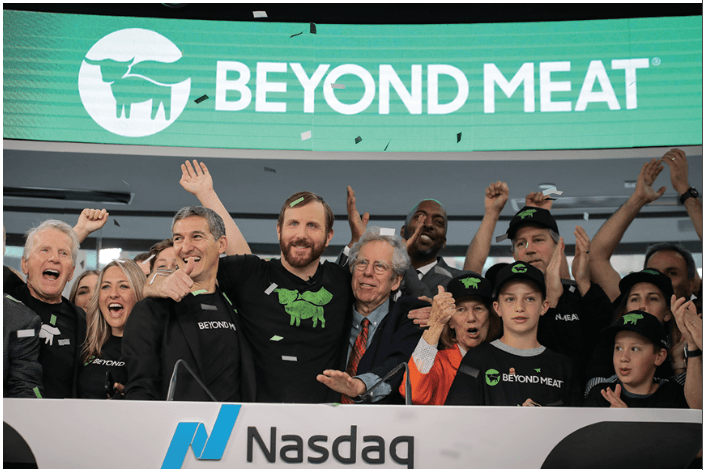Don’t Overheat Meat
An active trader dishes on how sous-vide cooking saved his diet
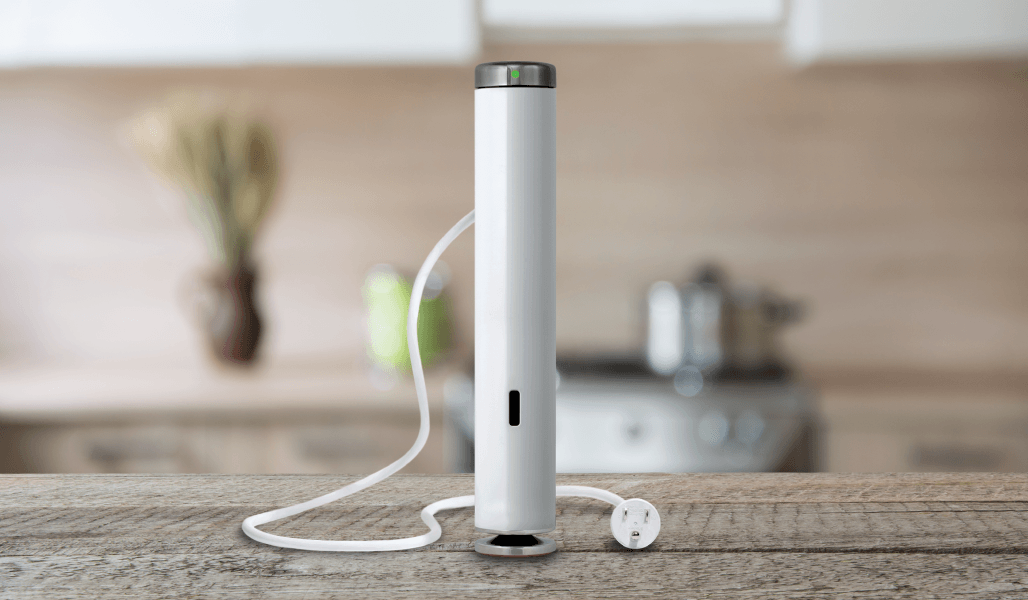
I love beef, pork, chicken, fish and turkey — even buffalo and the occasional deer. But after what I call my “cardiac adventures,” I’ve been eating healthy by cutting back on four-legged meat and moving toward heart-friendly chicken, turkey and salmon.
OK, I can deal with that. WhatI can’t deal with, though, is crappy food. And if any of those proteins
is overcooked, it’s like eating cardboard mixed with sand. While I’m an OK cook, it’s easy to overshoot the temperature on those foods, rendering them largely inedible and leaving me hungry.
But in my search for a way to cook poultry and fish and the occasional steak to the perfect temperature, I discovered the sous vide! Sous vide is both a specific tool and a manner of cooking that solves a big problem.
Cooking with a pan, grill, oven, pot or even a microwave is like trying to hit a moving target. The chicken, for example, might come out of the refrigerator at something like 38° and land on a grill that’s maybe 450°. The temperature of the meat starts a trajectory, moving from 40 degrees to 450° if left on long enough. You can’t see inside the chicken to find out when it’s done before it overcooks.
Instant thermometers help a lot, but you have to take the chicken off at a specific time. Too soon,
and it’s kind of raw. Too late, and it’s too dry. You want to cook that chicken at a specific temperature so that it’s done, but moist. The sous vide solves that by heating and holding a bath of water at a single temperature, not hotter nor cooler. The food in that bath will get no hotter than the temperature set by the sous-vide tool.
The technology of the sous vide enables you to pick a temperature, perhaps 153 degrees, for example, and have a pot of water hold at that temperature for a long time. Anything in that water gets no hotter than 153°, no matter the meat: chicken, salmon or cauliflower. Compared to regular ways of cooking a chicken, it’s hard to overcook one in a sous vide. The sous vide increases the probability of culinary success.
I spend my days trading and don’t have a lot of time to worry about dinner. My sous vide lets me stick some chicken in around noon and let it cook until 5 p.m. when it’s perfectly done. It’s moist, tender, flavorful. Sous vide is not boiling. Boiling is immersing food directly into water that’s 212 degrees.
With sous vide, you put the food in a watertight plastic bag and submerge it in the water. The food doesn’t become waterlogged or lose seasonings to the water.
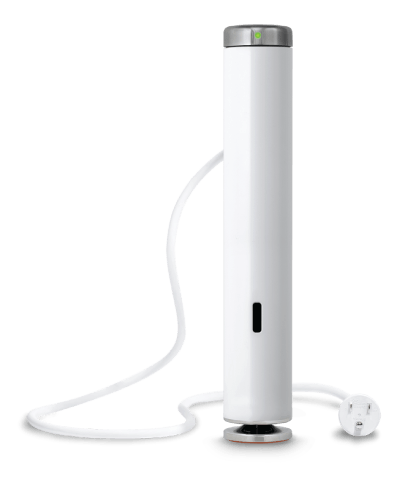
The sous vide I use runs off a smartphone app. Now, when the food comes out of the sous vide, it can be pale looking. Put it in a hot pan or a grill to brown and sear it. Badaboom…done. Sous vide is the only way I’ll cook steaks at this point.
So, yes, sous vide has saved my diet. My cholesterol is obedient and I’m able to enjoy chicken, turkey and fish in all their moist glory. Even if you don’t have to worry about your diet, sous vide is too convenient to not try, especially if you’re busy. Put the odds in your favor and give it a try.
Sous Vide Explained
Sous vide (French; under vacuum) means cooking food in a plastic pouch or glass jar submerged in water for a longer-than-normal time (one to 48 hours or more) and at an accurately regulated lower-than-normal temperature (131° to 140° for meat, and higher for vegetables).
